Advertisement
When writing code, most developers don’t want a lecture. They want help — quick, relevant, and on point. Whether it's finishing a line, spotting a typo, or building a small function, speed matters. But so does understanding what you're trying to do. This is where tools like GitHub Copilot and ChatGPT come in. Both can assist with code, yet they work very differently. Let's have a look at what each can do and, more importantly, when one might suit you better than the other.
If you've ever typed a couple of characters in VS Code and seen a whole line of code pop up like it knew your mind, that's Copilot. It doesn't prompt you. It doesn't tell you what it's doing. It just hurls suggestions at you based on your context. You begin writing a function, and it makes an educated guess about where you're headed with it. Sometimes it gets right. Sometimes it doesn't. But it keeps going, and it's quick.
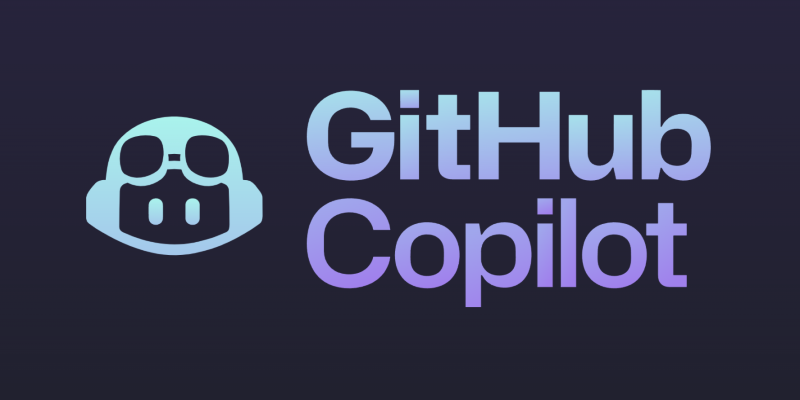
Copilot pulls from a massive amount of code examples and patterns. It’s trained on public codebases, and it shows. It knows what a typical for loop looks like in Python, how to structure a fetch call in JavaScript, or even how to start a Flask route. So, if you’re working on something common, Copilot is usually spot on. It acts like an autocomplete on steroids. Less thinking, more doing.
But there's a catch. Copilot isn't here to explain things. It won't tell you why it used a certain method or what your bug means. If you need an answer to "Why is this error showing up?" it's not your best friend. It doesn't do back-and-forth well, either. It's a code whisperer, not a coding partner.
ChatGPT, on the other hand, is more conversational. You can throw a problem at it, and it’ll try to walk you through the logic. You can say, "This loop isn’t working. What’s wrong?" and it’ll analyze your code, point to the mistake, and even offer alternatives. It’s slower than Copilot in execution, but it compensates by giving you clarity.

Instead of guessing what you're typing, ChatGPT waits for you to speak. You can paste a chunk of code and add a comment about what it should do, and it'll suggest changes. It also helps with more abstract questions — like figuring out the difference between depth-first and breadth-first search — or walking through a regex line by line. That kind of help just isn't Copilot's style.
ChatGPT can also adjust based on your skill level. You can ask it to explain recursion like you’re five, and it will. Or you can say, "Just give me the code," and skip the explanations. It’s flexible in a way Copilot isn’t built to be.
This depends on what kind of developer you are. If you know what you’re doing and just want to get through repetitive tasks faster, Copilot usually saves more time. It fills in the blanks before you’ve even realized you needed to. No need to tab over, no need to ask — it’s already suggesting your next line.
But if you’re working through something new or trying to learn as you go, ChatGPT tends to be more helpful. It explains why. It answers follow-up questions. It won’t assume you know what a middleware function is or how to use async/await properly. It gives you space to understand what you’re writing, not just finish it.
Neither tool is perfect. Both can give you buggy code or bad advice. Copilot can suggest outdated patterns. ChatGPT might sound confident while being completely wrong. That’s the tradeoff with AI tools — they help a lot, but they still require your brain on the job.
That said, if you only want small code snippets — say, "How do I sort an array in descending order?" — both tools can handle it. But if the task gets more complex, ChatGPT’s explanations often expose its blind spots faster. You might spot an issue just by reading through what it wrote. Copilot’s silent nature makes its mistakes a bit sneakier.
Copilot is deeply embedded in your editor. You write, and it reacts. No switching tabs, no extra effort. That's a win for workflow. ChatGPT, unless you've set it up with an extension, lives in a browser or a separate app. You need to copy-paste your code, ask questions manually, and jump between tools. That can slow you down if you're coding fast and don't want to break your rhythm.
However, some folks like the separation. They prefer going to ChatGPT for a second opinion or a code review, then getting back to work. If you’re the kind who pauses to reflect before writing the next line, ChatGPT might actually keep you on track better.
This is where ChatGPT stands out. You can ask it to explain a concept, rewrite something in a different language, or help you debug a weird issue. Copilot can’t do that. It only reacts to what you’re typing. So, for beginners or anyone trying to level up, ChatGPT acts more like a tutor.
You can ask questions, explore ideas, or even create mock interviews with it. That kind of flexibility is what makes it useful beyond just writing code. It supports your learning curve in a way Copilot doesn’t aim to.
So, which one is better? That depends on what you’re working on and how you like to work. If you want something that speeds up your coding without getting in your way, GitHub Copilot is likely your pick. It’s great for those moments when you’re in the zone and don’t want to stop. But if you’re troubleshooting, learning, or just thinking out loud — ChatGPT is a better fit. It’s not just about writing code. It’s about understanding what you’re writing.
In the end, they’re not competitors as much as they are complements. One speeds you up. The other helps you think. Use both, and you’ll probably get the best of both worlds.
Advertisement
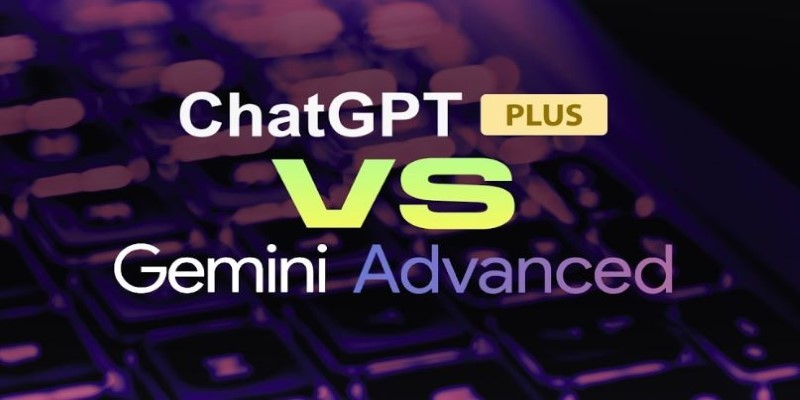
Curious about Gemini Advanced vs. ChatGPT Plus? This friendly guide compares both AI tools in writing, coding, speed, and everyday use to help you pick the right one

Customize ChatGPT into a Gen Z chatbot with opinions, slang, and style using OpenAI’s newest personality features.
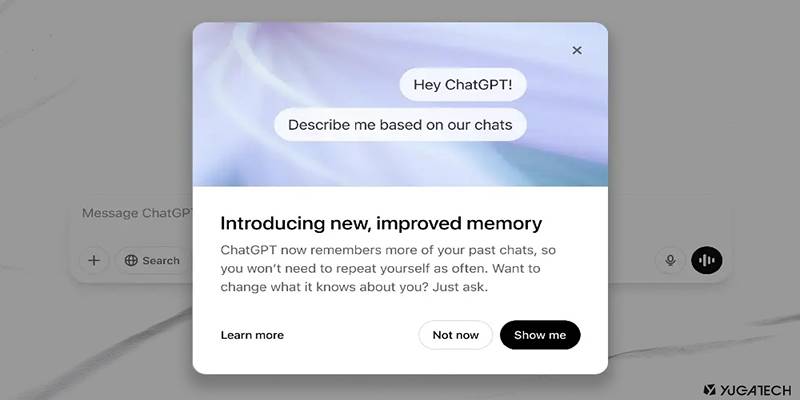
Discover how ChatGPT’s memory helps tailor responses to your preferences, making every chat smarter and more relevant.

Why the ChatGPT desktop app is better than the website in 2025. From faster performance to fewer distractions, explore features that make the desktop version more useful
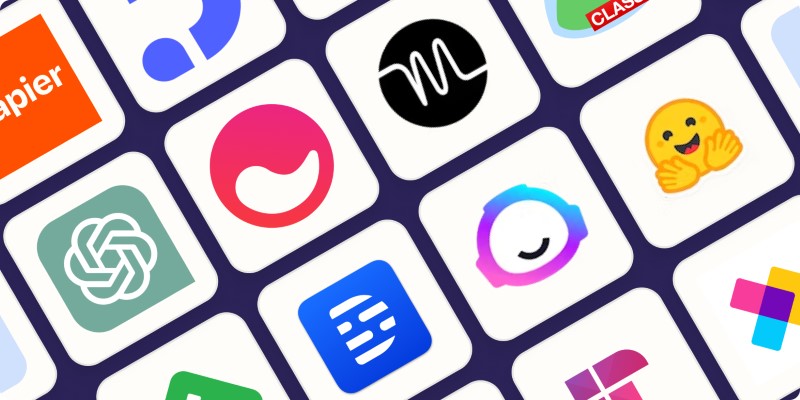
Discover the best AI search engines and tools to search the web smarter in 2025. Find what you need faster with these AI-powered web search platforms

Discover 5 hidden ChatGPT features you probably aren’t using—but should. Learn how to boost your productivity with tools like memory, custom instructions, plugins, and more

Find out the most essential AI tools for students in 2025 that make writing, math, time management, and studying easier than ever. Boost your learning with smart apps

How to use Claude 3 AI Prompt Store by Anthropic with easy steps. Find ready-made prompts for writing, homework, and more, and discover how to make AI work for you

Discover the power of spatial intelligence and its role in driving creativity, innovation, and technological advancements across various fields.
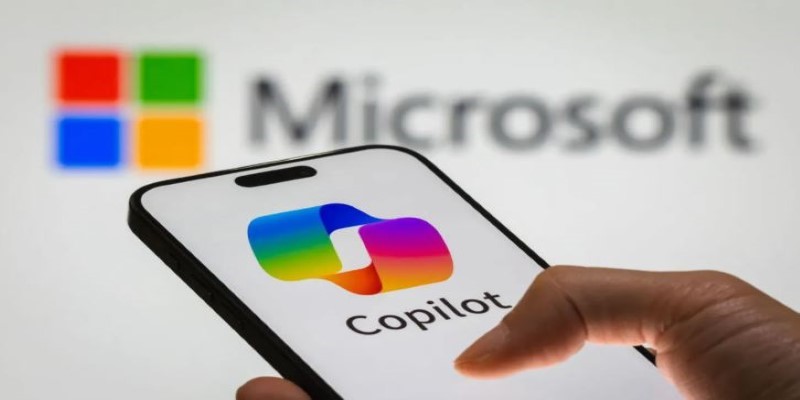
How to use Microsoft's Copilot Image Creator to generate unique AI images from text descriptions. Explore step-by-step instructions and real-life applications of this powerful tool

Curious about Claude 3? This guide breaks down what Claude 3 is, how it works, and the many ways you can use it—from writing help to coding and studying

Using ChatGPT daily? These 10 UI improvements could make your experience smoother, faster, and more organized. Here’s what users really want